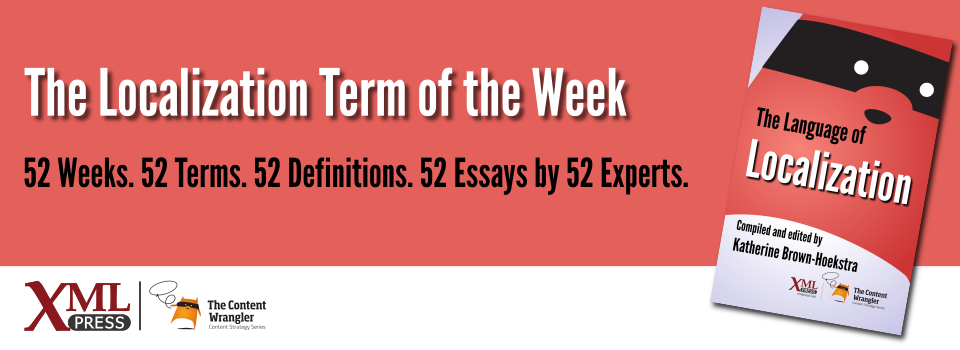What is it?
The parts of written or spoken text surrounding a piece of content that clarify the meaning, and which are particularly important when multiple meanings could be attributed to that content.
Why is it important?
When multiple meanings are possible, translators need background and reference information so they can choose the right word. Having context available is crucial for localizers to provide a top-notch translation.
Why does a technical communicator need to know this?
Often, it is wrongly assumed that all translations are done in context. However, in many situations, a translator receives just the snippet of text being translated.
For example, consider a file that contains text exported from a mobile app, but the translator doesn’t have access to the app. Without that context, how would the translator know how to translate the word Home? Does it refer to a house? Or does it refer to a Home Page?
And what about Table? Are we referring to an array of data or a piece of furniture?
In January 1996, Microsoft’s Bill Gates said, Content is King.
Two decades later the King has a partner, because today, context is the Queen!
Why is context the Queen in the localization industry?
Context is crucial for a top-notch translation. However, translators do not always receive precise instructions or a localization kit to support them in their translations endeavors.
Here are three recommendations to provide meaningful context to translators:
- Add screenshots and/or an explanation next to the source text to be translated.
- Use a descriptive key name. For example,
FB_Connect_Error
is more intuitive than justError.
- Create a database, form, or forum to share ideas (a Google Doc, online database, etc.) and facilitate the dialog between translators and clients. Providing a way for the teams to interact can minimize embarrassing mistakes.
Next time someone asks why context is important, consider the poor translator trying to guess whether fly
is an insect or a verb[Nida 2001].
References
- [Nida 2001] Context in Translating: Nida, Eugene Albert. 2001. Book that explains the different kinds of contexts that translators must consider.

